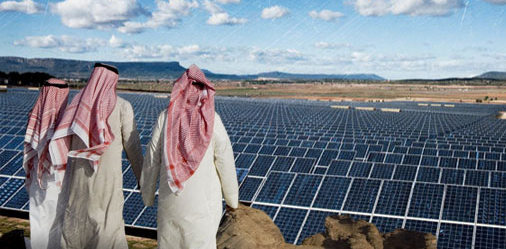Food waste has environmental, economic as well as social impacts. The rising per capita income and expenditure, living standards, affordability and our careless behavior towards food is taking a significant toll on our finite resources.
In shopping malls, restaurants and eateries, it is common to see plates piled up with uneaten or partially eaten food. Unfortunately, affordability is leading to rampant increase in food waste generation all over the Middle East, especially GCC.
The gravity of the situation can be gauged from the fact that over 300 tons per day of food waste is being generated in Bahrain which constitutes around 11% of the total municipal waste. All this waste is dumped in bins and collected by Municipal Contractors and transported to Askar landfill site located some 25 km away from the city.
People in the Middle East must understand that we are importing major quantity of our food items and throwing it carelessly in the garbage is not feasible. It is estimated that around one fourth of all food purchased becomes rot and find its way to the garbage bin even before being used or eaten.
People tend to buy more than what they require or what they can consume and often leave the ‘ordered’ and ‘bought’ food half uneaten, which is in-appropriate to follow. Leaving the food behind is bad trend leading to more wastage as the food items bought are not being fully and efficiently utilized and ultimately end up in garbage bins.
In addition, the food wastage is more witnessed at buffets, where choices of dishes are many and quantity unlimited. The answer or attitude towards our food should be ‘take only what you can eat’.
The cost of uncooked and cooked food has increased sharply in recent years, putting more pressure on domestic budgets of the bread earners who are already struggling to cope with other elevated costs of living, housing, medication, transportation etc. Food waste prevention is the number one task for us to help reduce the amount of biodegradable waste going to the bins and then to the landfill.
In addition, if we implement food waste collections, then we remove a large element of the biodegradable fraction from the waste bin. We also know that when food is sent to landfill it produces more greenhouse gases as it biodegrades.
The situation calls for developing better food habits and Take Only What You Can Eat attitude respecting Mother Nature. The “social and cultural solution” lies in the smart way of dealing with food and avoiding waste generation.
Let us practice the following easy ways to avoid wastage of food:
- Buy specifically what you want and in actual quantities.
- Buying food items especially fruits and vegetables in smaller quantities depending on use.
- Optimize use of food items and eating the required food and even leftovers.
- Don’t feel ashamed of taking/ packing ‘left overs’ in the parties, it does not affect your self esteem and reputation.
- Daily checking the food items in your fridge/ deep freezer and in your fruit basket regarding items that may get rot/ expired. Utilize it or donate it before it becomes waste.
- We need to follow our elders in “buying less and eating leftover food” which is becoming ‘out of fashion’ and ‘out of date’ due to our ‘modern day habits’.



























